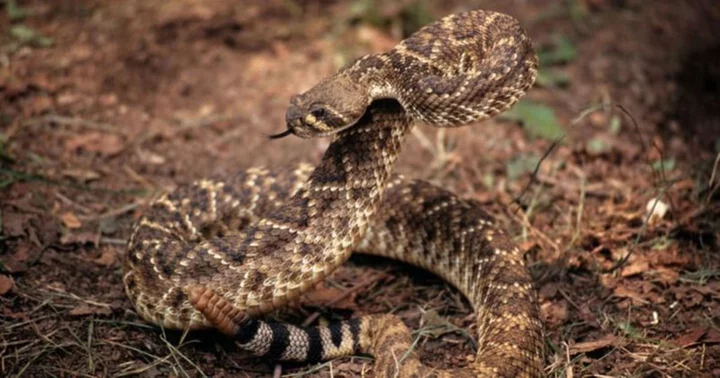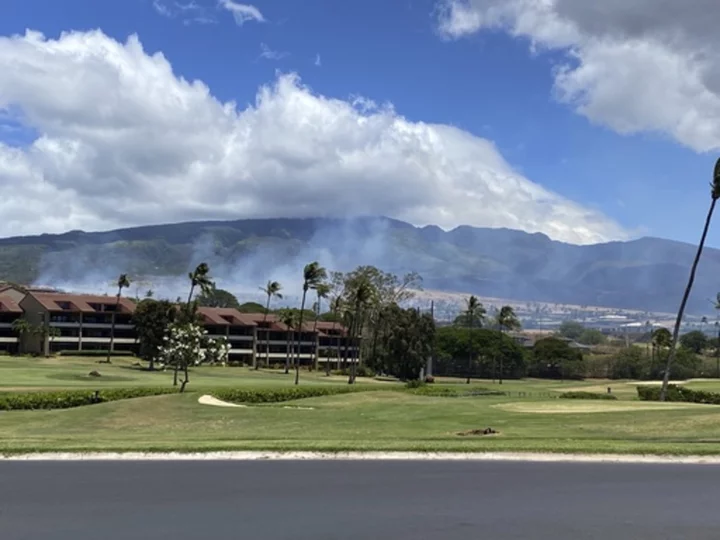TONOPAH, ARIZONA: In an unsuspecting Arizona home, a routine remodeling endeavor turned into a nerve-wracking encounter when a pair of rattlesnakes was found coiled up in the ceiling.
Rattlesnake Solutions, a renowned snake removal service, documented the incident through a video that highlights the dangers of these reptiles and delves into their habitat.
Surprise Rattlesnake duo interrupts home makeover
The unsettling discovery occurred when the company's staff responded to a call at a residence in the remote area of Tonopah. The homeowner's bathroom ceiling in the basement harbored an unexpected secret, a rattlesnake had chosen this obscure location as its shelter during the winter months.
The snake expert, equipped with a small ladder, navigated the confines of a crawl space to safely extract the rattlesnake from its snug hideaway.
Following a successful removal, the snake was carefully placed in a secure bucket, and preparations were made to relocate it to the desert, away from any potential disruptions to the ongoing home renovations.
However, the unexpected took another turn when the vigilant resident noticed a second rattlesnake concealed in the same location.
Undeterred, the skilled snake expert swiftly removed the second serpent, ensuring both reptiles would be transported to a new environment, far from any human activity.
Dangers of Rattlesnake
Rattlesnake bites can trigger intense pain and swelling at the bite site, along with symptoms such as excessive bleeding, nausea, swelling in the mouth and throat, making breathing difficult, lightheadedness, drooling, and, in rare cases, collapse and shock.
In the event of a rattlesnake bite, immediate medical attention is paramount, as severe or life-threatening symptoms may manifest within minutes or, in some instances, a few hours after the bite occurs. Knowing how to respond is vital for minimizing risks.
What to do if bitten by a Rattlesnake?
Contrary to common misconceptions, certain actions should be avoided if bitten by a rattlesnake. Applying ice, using a tourniquet or constricting band, attempting to suck out the venom, and employing any device to cut or slice the bite site is strongly discouraged.
Constricting blood vessels near a rattlesnake bite can even lead to a drastic measure of amputation, as per UC Davis Health.
Instead, it is recommended to wash the wound with soap and water. Additionally, removing wristwatches, rings, or any constrictive items around the affected area can help prevent complications.
Stay composed, minimize physical activity, and ensure the injured limb remains positioned below the level of your heart until you can reach a medical facility for further assistance.









